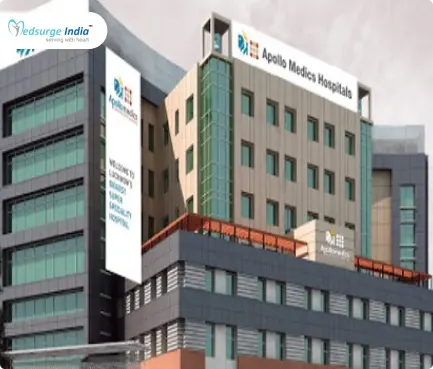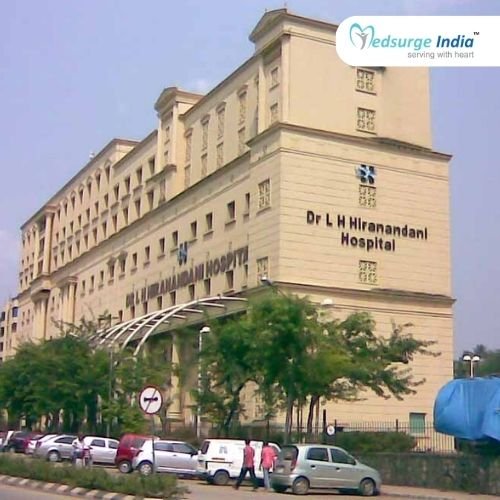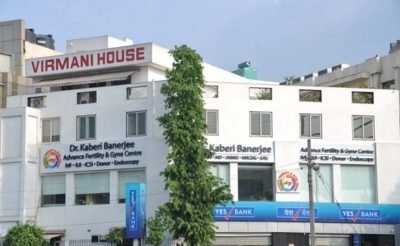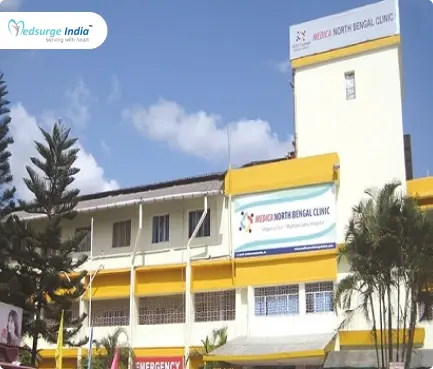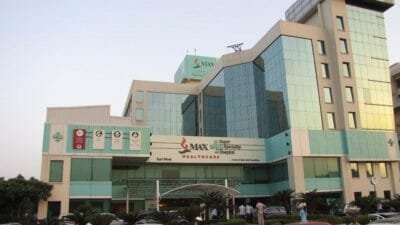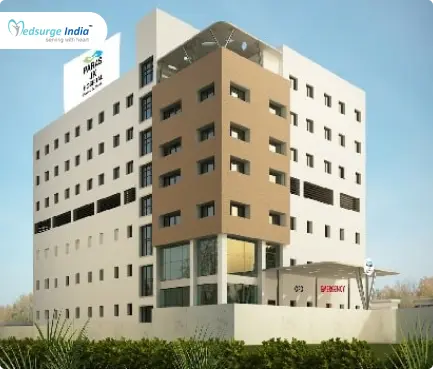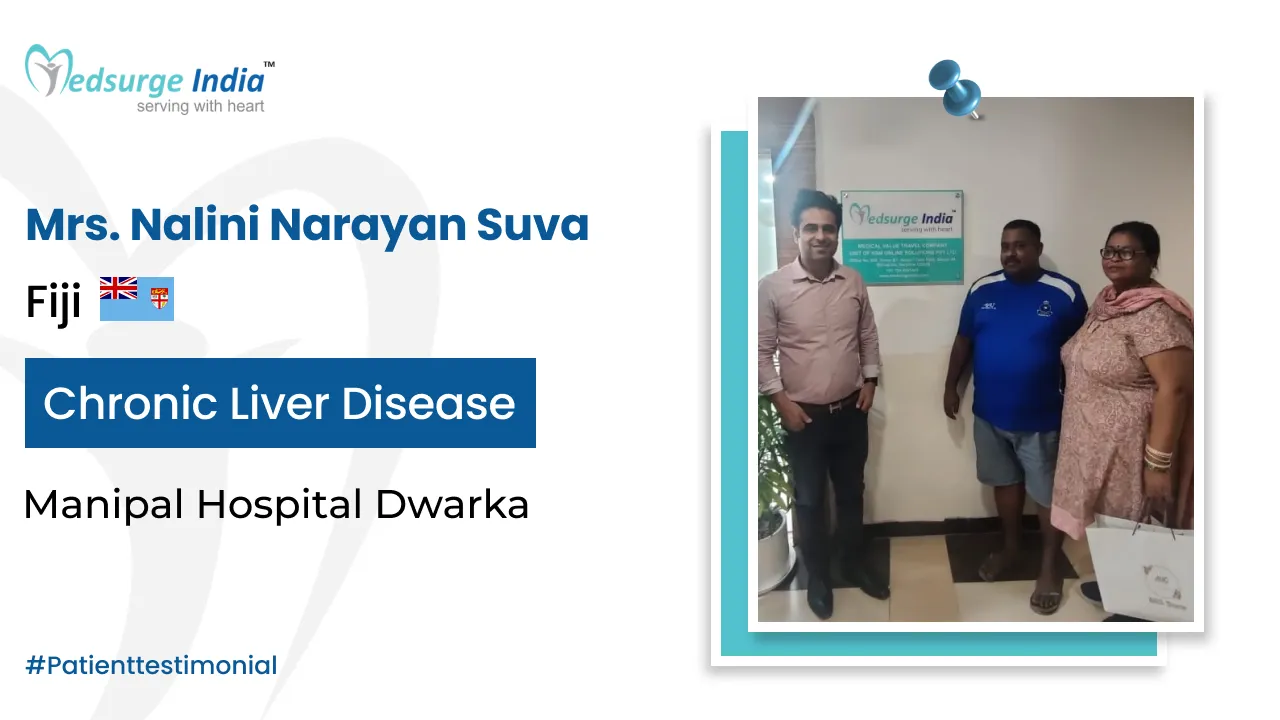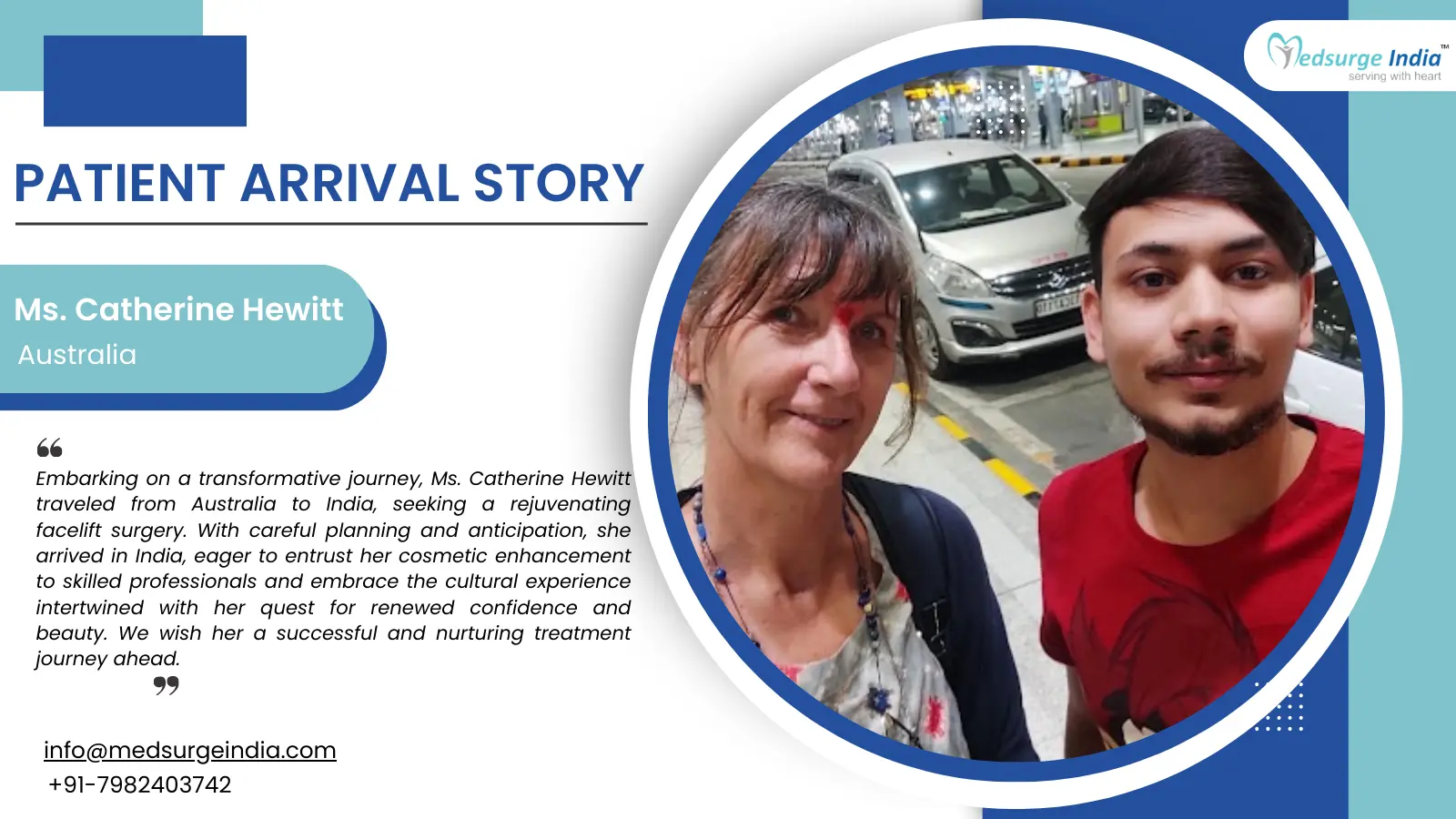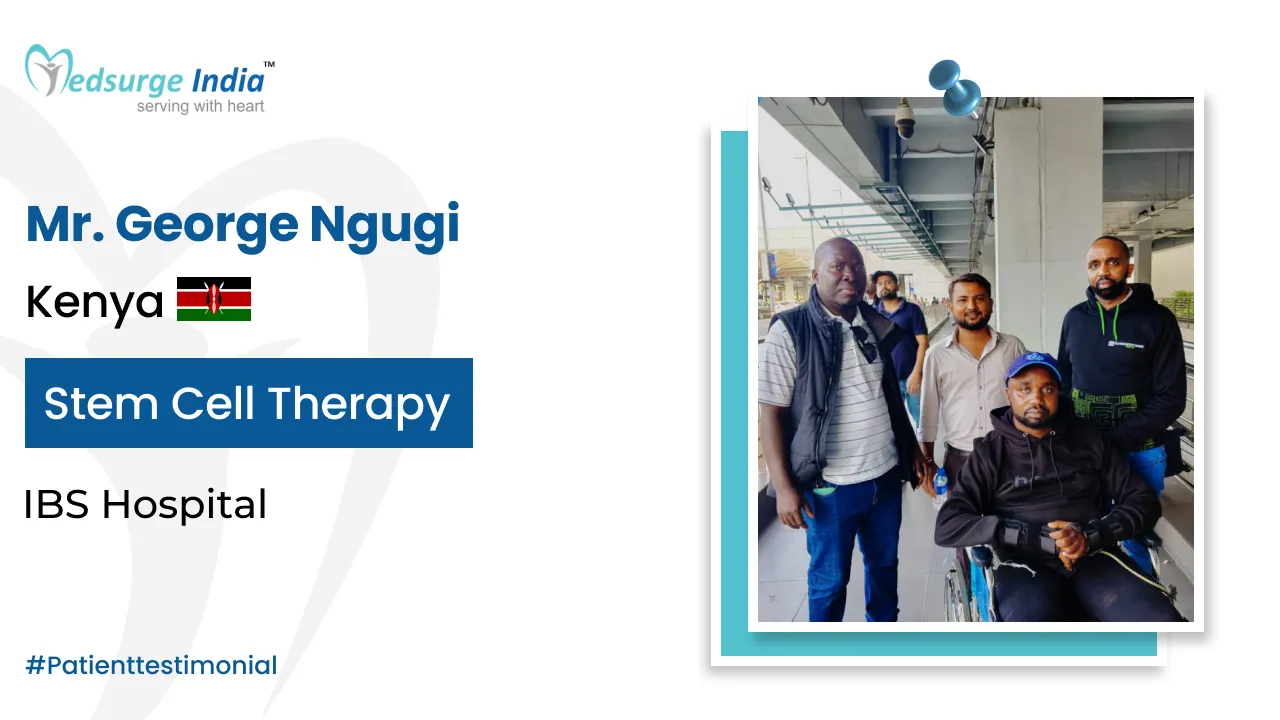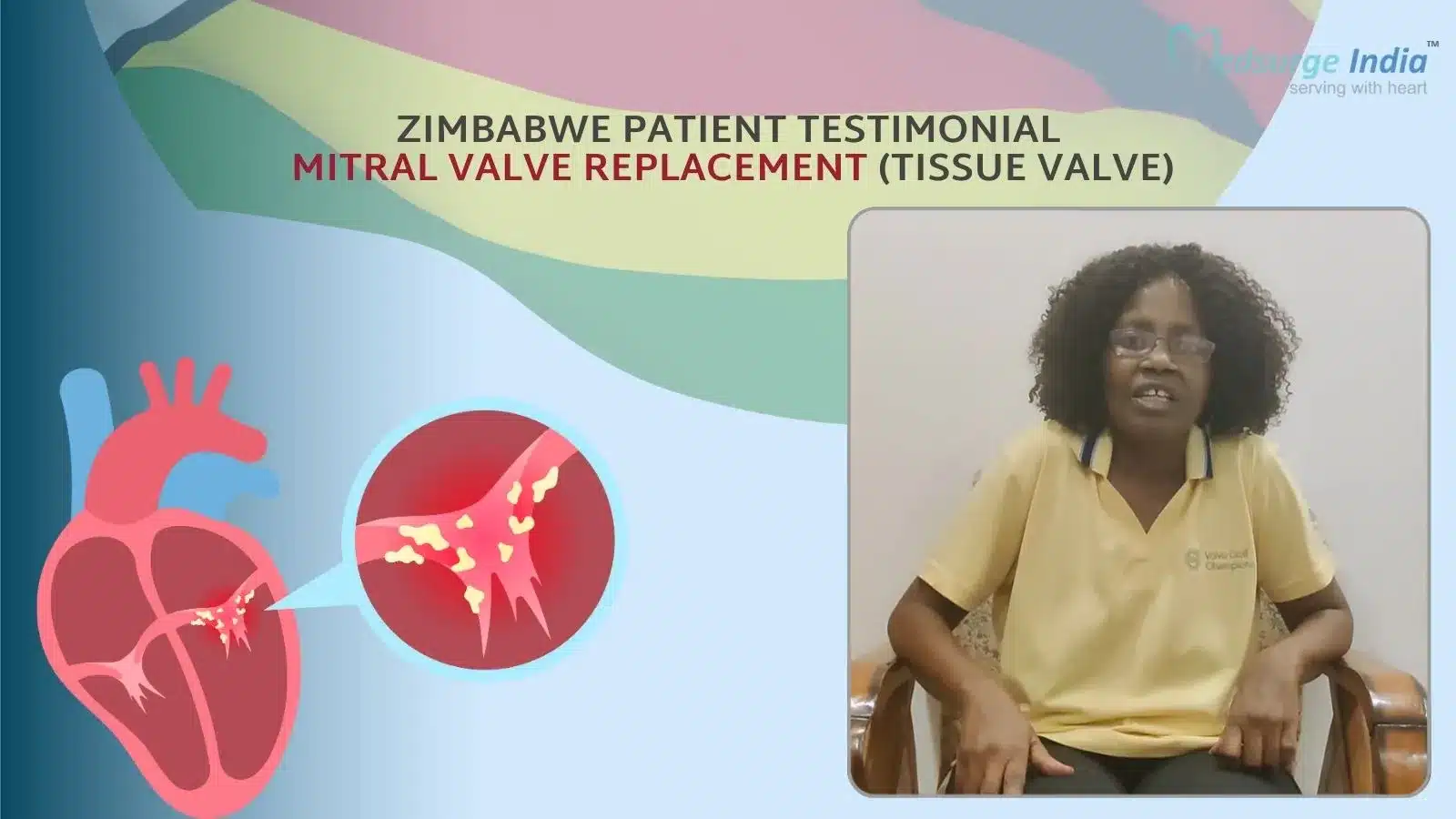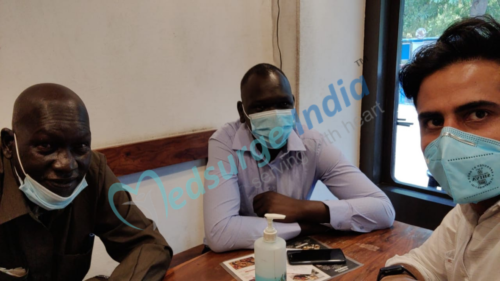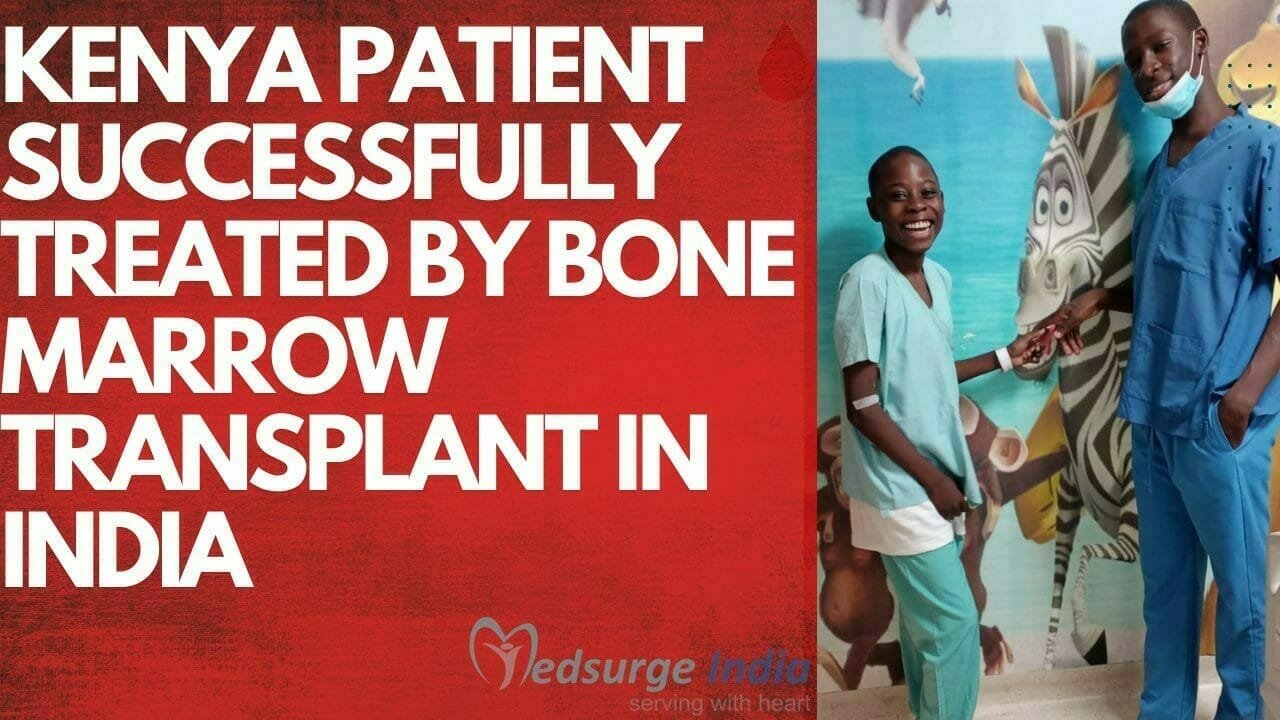
Muscle loss and weakness are symptoms of spinal muscular atrophy (SMA). Standing, walking, controlling head motions, and, in certain situations, breathing and swallowing might be challenging for someone with SMA. SMA affects some people from birth, while others develop later in adulthood. Some types have an impact on life expectancy.
According to research, SMA affects one out of every 8,000–10,000 persons in the world.
SMA has no cure, although novel medications like nusinersen (Spinraza) and onasemnogene abeparvovec-xioi (Zolgensma) may help reduce the disease’s progression.
Spinal Muscular Atrophy Treatment cost in India is quite affordable when compared to that of other wealthy nations. The success is partly attributable to the sophisticated medical technology found in Indian hospitals as well as the skill of the surgeons. Aside from these advantages, another crucial factor for Spinal Muscular Atrophy Treatment in India is its appeal around the world is its inexpensive cost without compromising clinical standards.
What Is Spinal Muscular Atrophy (SMA)?
A genetic condition labeled spinal muscular atrophy (SMA) affects the skeletal muscles, peripheral nervous system, and brain.
The word spinal appears in the disease name because the majority of the nerve cells that govern muscles are found in the spinal cord. SMA is muscular because its primary effect is on muscles, which do not receive signals from these nerve cells. Atrophy is the medical term for getting smaller, which is what generally happens to muscles when they’re not stimulated by nerve cells.
SMA is a motor neuron disease that causes the loss of nerve cells called motor neurons in the spinal cord.
The most common form of SMA (chromosome 5 SMA, also known as SMN-related SMA) has a wide range of onset, symptoms, and progression rates. Types 1 through 4 of chromosome 5-related SMA, which is commonly autosomal recessive, are categorized to account for these variances.
The age at which SMA symptoms appear generally coincides with the severity of motor function impairment: The stronger the influence on motor function, the younger the onset age. Children who show symptoms at birth or early in childhood usually have the lowest degree of functioning (type 1). SMA that develops later in life and has a milder course (types 2 and 3, and type 4 in teenagers or adults) is associated with higher levels of motor function.
What Are the Symptoms of Spinal Muscular Atrophy
The symptoms of Spinal Muscular Atrophy differ based on the type. In general, patients with SMA lose muscle control, movement, and strength as the disease progresses. Muscle loss worsens as you become older. The muscles closest to the spine and neck are the most severely affected by the condition. Some SMA patients never walk, sit, or stand. Others’ capacity to perform these acts deteriorates over time.
What Causes Spinal Muscular Atrophy
SMA patients either lack a portion of the SMN1 gene or have an altered (mutated) gene. SMN protein is produced by a healthy SMN1 gene. This protein is required for motor neurons to survive and function properly.
Motor neurons atrophy and die in people with SMA because they do not produce enough SMN protein. As a result, the brain loses its ability to govern voluntary motions, particularly those involving the head, neck, arms, and legs.
SMN2 genes produce a tiny quantity of SMN protein in people as well. An SMN2 gene can be found in up to eight copies in a single person. Because the extra genes compensate for the missing SMN1 protein, having several copies of the SMN2 gene usually results in less severe SMA symptoms. Rare causes of spinal muscular atrophy encompass mutations in genes other than the SMN gene (non-chromosome 5).
How Is Spinal Muscular Atrophy Diagnosed
When parents or caregivers observe symptoms of SMA in a child, they frequently seek medical help.
For spinal muscular atrophy treatment in India, a doctor will do a thorough medical examination, as well as a family history and a physical examination. They will examine the muscles for floppy or flaccidity, as well as deep tendon reflexes and tongue muscle twitching.
The following Spinal Muscular Atrophy tests may be used for diagnosis purposes:
- Blood Tests
- A muscle biopsy
- During pregnancy, genetic tests such as amniocentesis or chorionic villus sampling are performed.
- Electromyography (EMG)
EMG can be used to examine the health of muscles and the nerve cells that regulate them, known as motor neurons. The doctor can evaluate the fetus in the womb via amniocentesis or chorionic villus sample.
SMA genetic screening at birth is recommended in several jurisdictions. If the illness is detected early enough, it may be possible to cure it before symptoms arise.
Spinal Muscular Atrophy Treatment Cost in India
Spinal Muscular Atrophy Treatment Cost in India starts from 4200 USD. Please note that the cost mentioned only covers the treatment itself and does not include accommodation, or any other additional expenses.
Cost of Spinal Muscular Atrophy Treatment in Different Cities in India
| Cities | Starting Price |
| Delhi | USD 4200 |
| Gurgaon | USD 4300 |
| Noida | USD 4200 |
| Mumbai | USD 4400 |
| Hyderabad | USD 4200 |
| Chennai | USD 4300 |
| Kolkata | USD 4200 |
| Bangalore | USD 4200 |
Note: Keep in mind that the aforementioned cost provided is solely for the treatment. The overall cost of the Spinal Muscular Atrophy treatment in India will be determined based on several factors.
Factors That Can Affect Spinal Muscular Atrophy Treatment Cost in India
Various factors can affect the cost of Spinal Muscular Atrophy treatment in India. Your budget is greatly impacted by numerous elements that fail under pre and post-treatment costs. Below are the various factors that can affect the cost of Spinal Muscular Atrophy treatment in India.
- Medication costs: Certain medicines can influence the overall cost of Spinal Muscular Atrophy treatment.
- Patient Condition: The complexity of the disease along with the patient’s overall health can affect the duration of treatment, impacting the cost.
- Duration of treatment: Longer treatment courses involving multiple visits can lead to higher cumulative costs.
- Geographical location: Cost can vary widely depending on the region in India.
- Hospitalization expenses: The length of hospital stay and the level of nursing care required by the patient can add to the treatment expenses.
- Government policies and subsidies: Government healthcare schemes and subsidies can reduce out-of-pocket expenses for patients, affecting the affordability of Spinal Muscular Atrophy treatment.
- Medical tourism packages: Curated packages for international patients can include various services at a bundled cost, influencing the overall expense of treatment in India.
- Hospital reputation and infrastructure: Prestigious hospitals with state-of-the-art facilities may charge more for their services.
- The expertise and experience of medical professionals: Neurologists with extensive experience and recognition often command higher fees, contributing to the treatment cost.
- The type and frequency of diagnostic procedures: Regular monitoring with advanced imaging and laboratory tests can increase treatment costs due to the high price of these diagnostic methods.
- The choice of treatment modality: Opting for newer or more advanced treatment options or precision medicine can be more expensive than traditional approaches.
Spinal Muscular Atrophy Treatment Cost in India offers exceptional medical services and facilities to patients who come for treatment in India also their facilities rival those of well-known healthcare centers worldwide. Accommodation, meals, and transportation expenses are also covered.
We at, Medsurge India ensure that patients will receive the most affordable Spinal Muscular Atrophy Treatment Cost in India and with the expertise of highly qualified doctors. Furthermore, a foreign patient can save up to 30-40% of the cost in India when compared to their native countries.
Why India is a Top Destination For Spinal Muscular Atrophy Treatment
India’s healthcare industry has advanced significantly over the past years, as seen by the notable accomplishments it has made. One of the industries that have contributed the most to revenue and is expanding quickly is healthcare. Both public and private providers support the healthcare industry.
Spinal Muscular Atrophy Treatment in India has improved a lot. Modern medical technology and highly skilled medical personnel are available in India. The World Health Organization (WHO) and the US Food and Drug Administration support medical facilities and services. In addition, India provides less expensive treatment alternatives than the US and the UK without sacrificing the standard of healthcare. About one-fourth, less is spent on therapy in India than it is in the United States.
India has an advantage over other countries in terms of medical tourism because of the following:
- The majority of the medical professionals working in Indian hospitals have received their training at medical centers in the US, Europe, or other affluent countries.
- The majority of medical professionals speak English well.
- Many hospitals in India have access to cutting-edge medical and diagnostic technology from large international enterprises.
- The best nurses in the world come from India. Nearly 10,000 nurses are graduated each year from India’s nearly 1000 accredited nurse training programs, the majority of which are affiliated with teaching hospitals.
- Even the most frugal traveler can afford premium services and opulent facilities.
Get Free Cost Estimation
Procedure
How Is Spinal Muscular Atrophy Treated
SMA does not have a cure. Treatment options are determined by the type of SMA and its symptoms. Physical and occupational therapy, as well as assistive devices such as orthopedic braces, crutches, walkers, and wheelchairs, are beneficial to many persons with SMA.
These therapies could also be beneficial:
- Disease-modifying therapy
- Gene Replacement therapy
Medications
Another treatment for Spinal Muscular Atrophy, DMTs can assist persons with some forms of SMA to lower the severity of their symptoms and improve their attitude.
Two medications for SMA have been authorized by the Food and Drug Administration (FDA), with more on the way.
Spinraza:
- This medication can be used to treat all kinds of SMA. A doctor will administer four initial doses over the course of two months, followed by a four-month maintenance dose.
- It belongs to a class of medications known as antisense oligonucleotides (ASOs), which work by affecting RNA production to address the underlying problem.
- Spinraza appears to delay the progression of SMA and may help with muscle weakness, but results may vary from person to person.
Zolgensma:
- This drug is a sort of gene therapy used to treat infants under the age of two. It will be given as an infusion in a single dose by a doctor.
- Both medications have the potential for side effects, and Zolgensma comes with a boxed warning.
- Other treatment methods are being investigated, including gene replacement therapy and the use of stem cells to replace injured motor neurons.
Best Spine Surgeons in India
- Dr. Sandeep Vaishya
- Dr. Puneet Girdhar
- Dr. Aditya Gupta
- Dr. Hitesh Garg
- Dr. Bipin Walia
- Dr. S. Karunakaran
- Dr. Anil Kumar Kansal
- Dr. Rana Patir
SMA is a genetic disorder that, depending on the form, can affect children or adults.
The severity of the symptoms will influence a person’s viewpoint. Because the muscles that assist breathing are weak in infants with severe SMA, respiratory illness is a possibility. In certain instances, this condition is lethal.
Many persons with milder variants of SMA can expect to live as long as someone who does not have the disease, while some may require substantial medical care.
Although SMA cannot be prevented, medication, physical therapy, and other techniques can assist a person in living a full and active life.
New and experimental therapeutic approaches are showing promise for treating, preventing, or even curing SMA as researchers understand more about the disorder.
People seeking to start a family who have a family history of SMA should obtain genetic counseling first.
How to Choose a Hospital for Spinal Muscular Atrophy Treatment in India
Hospitals that treat Spinal Muscular Atrophy Treatment in India are renowned for their services in patient care and hospitality. The hospitals that do Spinal Muscular Atrophy Treatment in India have some of India’s top neurologists and pediatric neurologists who are experts in their professions. For an international patient, selecting a good hospital for treatment might be challenging. It is a crucial choice that needs to be made while keeping a number of things in mind, such as:
- Quality certificates and accreditations
- Hospital and transportation facility location
- Team of doctors and surgeons
- Advanced diagnostic and therapeutic equipment
- International patient assistance
Best Spine Surgery Hospitals in India
- Indraprastha Apollo Hospital New Delhi
- Fortis Hospital Gurgaon
- Amrita Hospital, Faridabad
- Artemis Hospital Gurgaon
- Fortis Hospital Noida
- Manipal Hospital Dwarka, Delhi
- Global Hospital Mumbai
- Amrita Hospital, Kochi
- Apollo Hospitals, Greams Road, Chennai
- MGM Healthcare, Chennai
How Can Medsurge India Help
Medsurge India is a prestigious support system for patients looking for doctors, hospitals, and specialized treatments. We’ll find the most suitable medical options for you. Regarding your medical issues, our team will give you a list of certified, reputable, and trusted doctors and hospitals. Apart from that, we offer a treatment strategy that fits your budget and, we assist patients with obtaining travel authorizations, medical visas, and a multitude of other things.
The Most Important Frequently Asked Questions
Q: Can You Live a Normal Life With SMA?
A: Depending on the severity of the symptoms, children with type 2 or type 3 SMA may live complete lives. People who develop SMA in adulthood (type 4) are more likely to be active and have a normal lifespan.
Q: How Long Is the Average Lifespan of a Person With Spinal Muscular Atrophy?
A: Patients with type I spinal muscular atrophy (SMA) have a life expectancy of fewer than two years on average. Longer survival and a higher survival rate have recently been reported as a result of the introduction of proactive therapy.
Q: Is SMA Always Fatal?
A: The prognosis depends on the type of SMA. Without therapy, some kinds of SMA can be fatal. People with SMA may appear stable for long periods of time, but without therapy, no improvement should be expected.
Q: Does SMA Run in Families?
A: The SM1 gene is carried by most people in two copies, one from each parent. SMA usually occurs only when both copies of the gene have changed. There are frequently no symptoms if only one copy contains the alteration. That gene, on the other hand, might be passed down from parent to child.
Q: Can You See SMA on Ultrasound?
A: Between the tenth and fourteenth weeks of your pregnancy, you can do this. Ultrasound will be used by your doctor to help remove a little bit of tissue from the placenta. Chorionic villi, which contain fetal DNA, are tiny structures found in the tissue. SMA will be evaluated on this DNA.
Top Hospitals for Spinal Muscular Atrophy Treatment in India
Top Doctors for Spine Surgery
Dr. Saransh Gupta
Consultant
Experience: 17 Years
Indian Spinal Injuries Center, New Delhi
New Delhi, India
Dr. Neeraj Gupta
Consultant
Experience: 20 Years
Indian Spinal Injuries Center, New Delhi
New Delhi, India
Dr. Vineesh Mathur
Director , MBBS, MS, DNB
Experience: 28+ years of experience
Medanta - The Medicity, Gurgaon
Gurgaon, India
Dr. H. S. Chhabra
Chief of Spine and Rehabilitation Centre
Experience: 32 Years
Sri Balaji Action Medical Institute, Delhi
Delhi, India
Dr. Vidyadhara S.
HOD
Experience: 21 Years of experience
Manipal Hospital (Old Airport Road) Bangalore
Bangalore, India
Dr. Rajagopalan Krishnan
Senior Consultant
Experience: 35 years of experience
Indraprastha Apollo Hospital, New Delhi
New Delhi, India
Dr. Ankur Nanda
Senior Consultant
Experience: 20 Years
Indian Spinal Injuries Center, New Delhi
New Delhi, India
Dr. Gururaj M
Senior Consultant
Experience: 15 Years
Indian Spinal Injuries Center, New Delhi
New Delhi, India
Dr. Sajan K Hegde
Senior Consultant
Experience: 34 years of experience
Apollo Hospitals, Greams Road, Chennai
Chennai, India
Dr. Vikas Tandon
Senior Consultant
Experience: 23 Years
Indian Spinal Injuries Center, New Delhi
New Delhi, India




